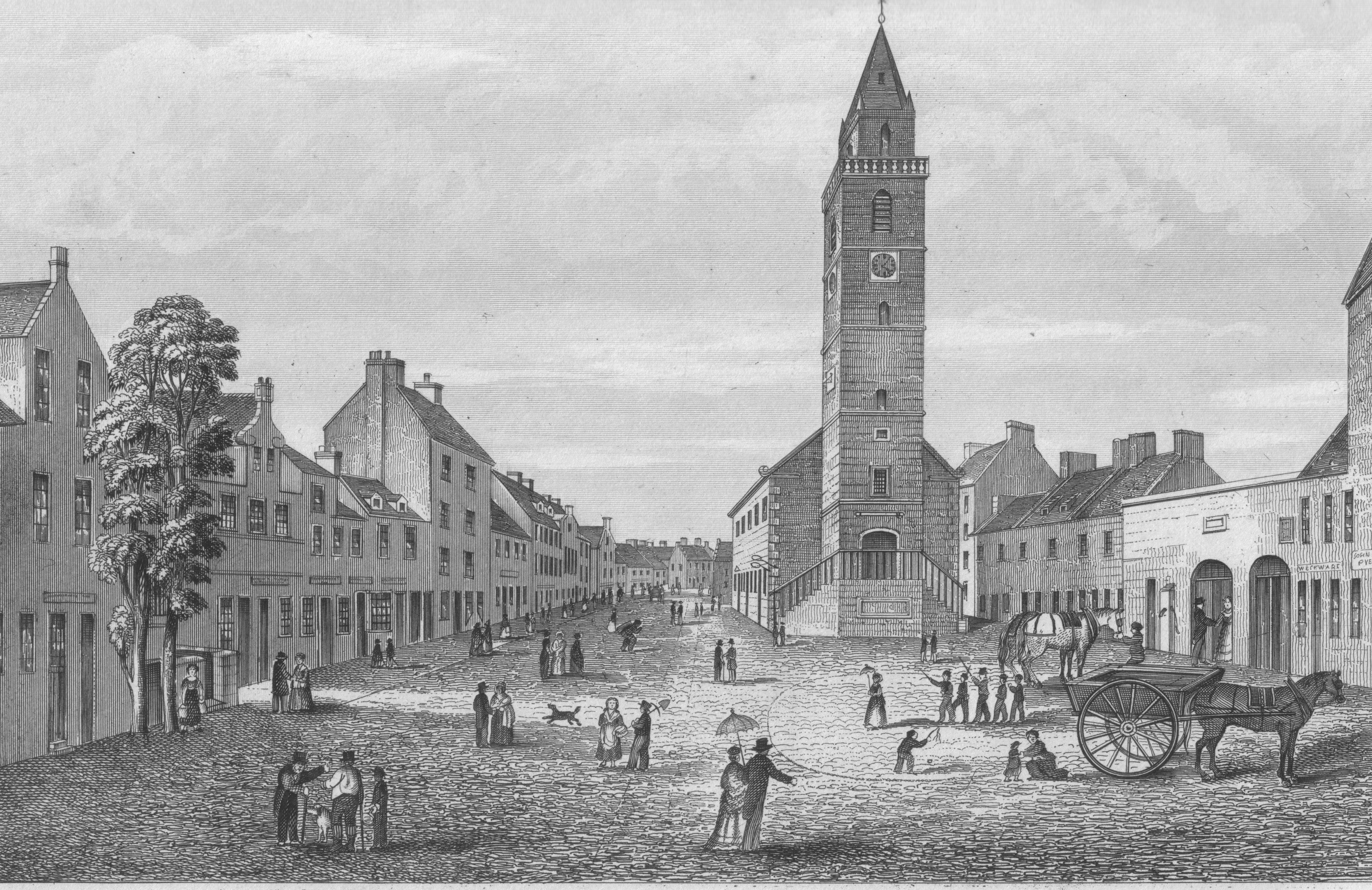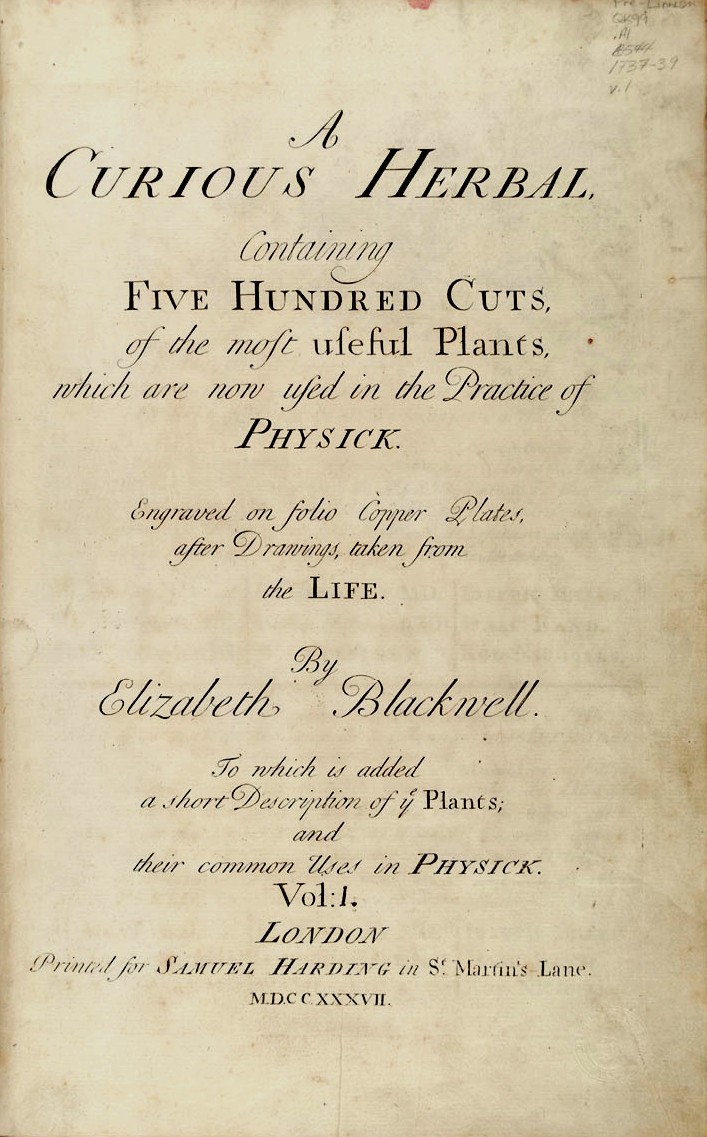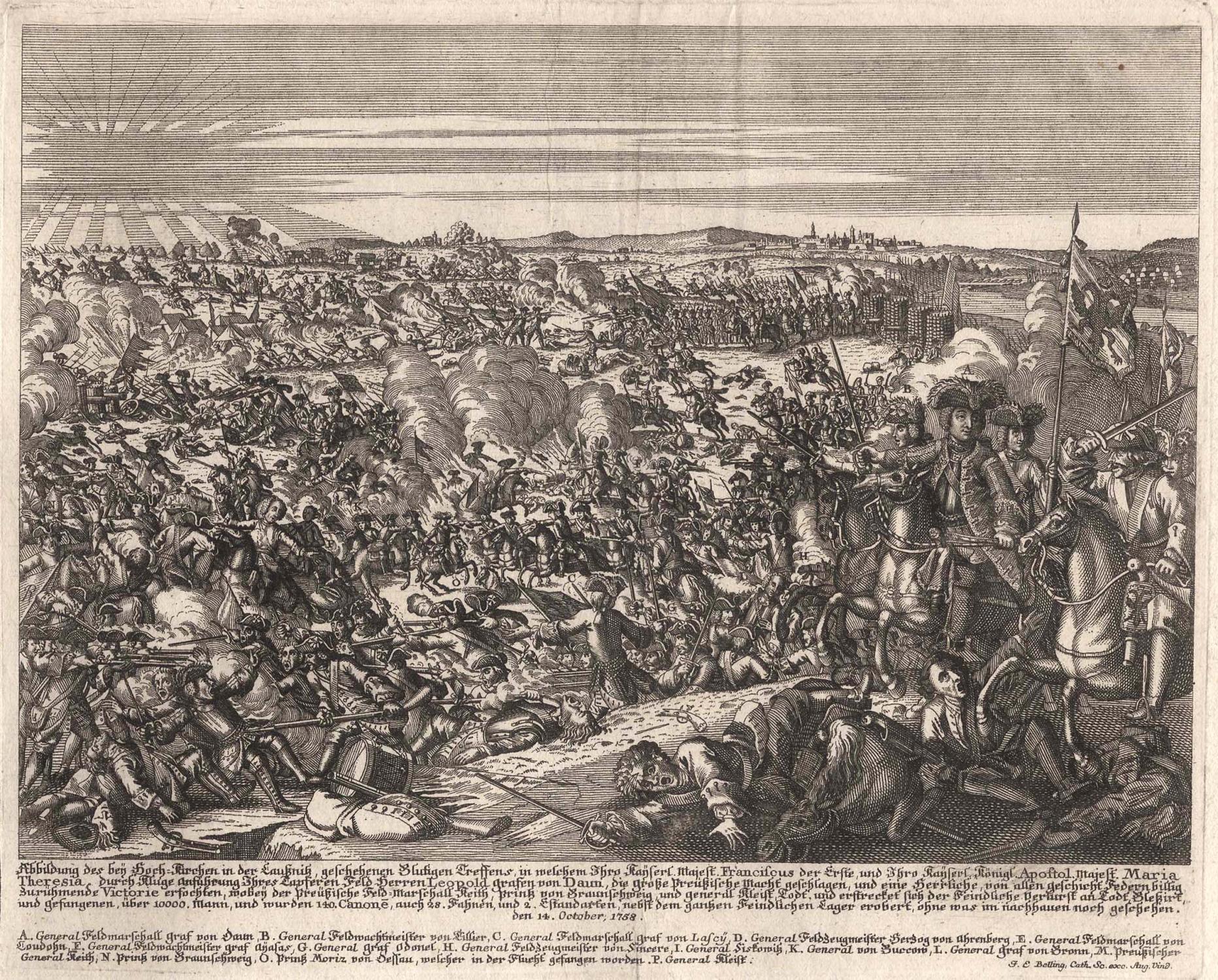|
1758 In Scotland
Events from the year 1758 in Scotland. Incumbents Law officers * Lord Advocate – Robert Dundas the younger * Solicitor General for Scotland – Andrew Pringle of Alemore Judiciary * Lord Justice Clerk – Lord Tinwald Events * Physician Francis Home makes the first attempt to deliver a measles vaccine. Births * 17 February – John Pinkerton, antiquarian and cartographer (died 1826) * 21 March – Patrick Beatson, mariner and shipbuilder in Quebec (died 1800 in Canada) * 23 April – Alexander Cochrane, admiral (died 1832 in France) * 9 September – Alexander Nasmyth, portrait and landscape painter (died 1840) * 31 October – Jean Glover, poet and singer (died 1801 in Ireland) * Alexander Mackenzie Fraser, born Alexander Mackenzie, British Army general (died 1809 in the Netherlands) Deaths * 7 January – Allan Ramsay, poet (born 1686) * 17 January – James Hamilton, 6th Duke of Hamilton (born 1724) * 18 July – Duncan Campbell, nobleman and Britis ... [...More Info...] [...Related Items...] OR: [Wikipedia] [Google] [Baidu] |
Scotland
Scotland (, ) is a country that is part of the United Kingdom. Covering the northern third of the island of Great Britain, mainland Scotland has a border with England to the southeast and is otherwise surrounded by the Atlantic Ocean to the north and west, the North Sea to the northeast and east, and the Irish Sea to the south. It also contains more than 790 islands, principally in the archipelagos of the Hebrides and the Northern Isles. Most of the population, including the capital Edinburgh, is concentrated in the Central Belt—the plain between the Scottish Highlands and the Southern Uplands—in the Scottish Lowlands. Scotland is divided into 32 administrative subdivisions or local authorities, known as council areas. Glasgow City is the largest council area in terms of population, with Highland being the largest in terms of area. Limited self-governing power, covering matters such as education, social services and roads and transportation, is devolved from the Scott ... [...More Info...] [...Related Items...] OR: [Wikipedia] [Google] [Baidu] |
Jean Glover
Jean Glover or Jennifer Glover (1758–1801) was a Scottish poet and singer. She was the daughter of James Glover, handloom weaver and Jean Thomson, born in Townhead, Kilmarnock; was well educated for the time she lived in, clever and sharp-witted.Burns Encyclopedia Retrieved : 2012-11-25 She had a fine singing voice and exceedingly good looks of ''"both face and figure"''. admired her voice and additionally he copied down her song ''"O'er the moor amang the heather"'' and sent it for printing in the in 1792. ... [...More Info...] [...Related Items...] OR: [Wikipedia] [Google] [Baidu] |
1707 In Scotland
Events from the year 1707 in the Kingdom of Scotland, then Scotland. Incumbents * Monarch – Anne (until 1 May; Scotland and England unite) * Secretary of State: Hugh Campbell, 3rd Earl of Loudoun, jointly with The Earl of Mar (post abolished at Act of Union) * Secretary of State for Scotland, from 1 May, when the post was created: The Earl of Mar Law officers * Lord Advocate – Sir James Stewart * Solicitor General for Scotland – William Carmichael Judiciary * Lord President of the Court of Session – Lord North Berwick * Lord Justice General – Lord Tarbat * Lord Justice Clerk – Lord Ormiston Events * 16 January – Parliament of Scotland passes the Union with England Act. * 19 March – official copy of the Act of Union signed by the Scottish Chancellor and the Act is ratified by the Parliament of England. * 25 March– 28 April – last sitting of Parliament of Scotland in Edinburgh until it is revived in 1999 as the Scottish Parliament. * 25 Ap ... [...More Info...] [...Related Items...] OR: [Wikipedia] [Google] [Baidu] |
Elizabeth Blackwell (illustrator)
Elizabeth Blackwell (1707 –1758) was a Scottish botanical illustrator and author who was best known as both the artist and engraver for the plates of ''"A Curious Herbal"'', published between 1737 and 1739. The book illustrated medicinal plants, and was designed as a reference work for the use of physicians and apothecaries. Life Elizabeth Blachrie was the daughter of William Blachrie, a successful Scottish merchant, and Isobel Fordyce, a sister of the Provost of Aberdeen. Elizabeth's exact date of birth is unknown, though she was likely born between 1707 and 1713. As a young woman, she was educated in art, music, and languages, and she would have received a substantial dowry from her father. Elizabeth married her second cousin, Alexander Blackwell, as he was completing his education at Marischal College. Elizabeth fled her hometown of Aberdeen when questions arose regarding her husband's qualifications. In fear that Alexander could be charged for illegal practice, El ... [...More Info...] [...Related Items...] OR: [Wikipedia] [Google] [Baidu] |
Battle Of Hochkirch
The Battle of Hochkirch took place on 14 October 1758, during the Third Silesian War (part of the Seven Years' War). After several weeks of maneuvering for position, an Austrian army of 80,000 commanded by Lieutenant Field Marshal Leopold Josef Graf Daun surprised the Prussian army of 30,000–36,000 commanded by Frederick the Great. The Austrian army overwhelmed the Prussians and forced a general retreat. The battle took place in and around the village of Hochkirch, east of Bautzen, Saxony. Historians generally consider the battle as among Frederick's greatest blunders. Contrary to the advice of his subordinates, he refused to believe that the typically cautious Austrian commander Leopold von Daun would bring his troops into battle. The Austrian force ambushed his army in a pre-dawn attack. Over 30% of Frederick's army was defeated; five generals were killed and he lost his artillery park and a vast quantity of supplies. Although Daun had scored a complete surprise, his atte ... [...More Info...] [...Related Items...] OR: [Wikipedia] [Google] [Baidu] |
1696
Events January–March * January 21 – The Great Recoinage of 1696, Recoinage Act, passed by the Parliament of England to pull counterfeit silver coins out of circulation, becomes law.James E. Thorold Rogers, ''The First Nine Years of the Bank of England'' (Clarendon Press, 1887 p. 41 * January 27 – In England, the ship HMS ''Royal Sovereign'' (formerly ''HMS Sovereign of the Seas'', 1638) catches fire and burns at Chatham Dockyard, Chatham, after 57 years of service. * January 31 – In the Netherlands, undertakers revolt after funeral reforms in Amsterdam. * January – Colley Cibber's play ''Love's Last Shift'' is first performed in London. * February 8 (January 29 old style) – Peter the Great who had jointly reigned since 1682 with his mentally-ill older half-brother, Tsar Ivan V of Russia, Ivan V, becomes the sole Tsardom of Russia, Tsar of Russia when Ivan dies at the age of 29. * February 15 – A Jacobite assassination plot 1696, p ... [...More Info...] [...Related Items...] OR: [Wikipedia] [Google] [Baidu] |
James Francis Edward Keith
James Francis Edward Keith (in later years ''Jakob von Keith''; 11 June 1696 – 14 October 1758) was a Scottish soldier and ''Generalfeldmarschall'' of the Royal Prussian Army. As a Jacobite he took part in a failed attempt to restore the Stuart Monarchy to Britain. When this failed, he fled to Europe, living in France, and then Spain. He joined the Spanish and eventually the Russian armies and fought in the Anglo-Spanish War and the Russo-Swedish War. In the latter he participated in the conquest of Finland and became its viceroy. Subsequently, he participated in the ''coup d'état'' that put Elizabeth of Russia on the throne. He subsequently served in the Prussian army under Frederick the Great, where he distinguished himself in several campaigns. He died during the Seven Years' War at the Battle of Hochkirch. He received the Black Eagle Order and is memorialised on the Equestrian statue of Frederick the Great. Early life Keith was born on 11 June 1696 at Inverugie ... [...More Info...] [...Related Items...] OR: [Wikipedia] [Google] [Baidu] |
Battle Of Carillon
The Battle of Carillon, also known as the 1758 Battle of Ticonderoga, Chartrand (2000), p. 57 was fought on July 8, 1758, during the French and Indian War (which was part of the global Seven Years' War). It was fought near Fort Carillon (now known as Fort Ticonderoga) on the shore of Lake Champlain in the frontier area between the British colony of New York and the French colony of New France. In the battle, which took place primarily on a rise about three-quarters of a mile (one km) from the fort itself, a French army of about 3,600 men under General Marquis de Montcalm and the Chevalier de Levis defeated a numerically superior force of British troops under General James Abercrombie, which frontally assaulted an entrenched French position without using field artillery, a lack that left the British and their allies vulnerable and allowed the French to win a complete victory. The battle was the bloodiest of the American theater of the war, with over 3,000 casualties su ... [...More Info...] [...Related Items...] OR: [Wikipedia] [Google] [Baidu] |
Duncan Campbell (British Army Officer, Died 1758)
Duncan Campbell was a Scots nobleman who died on 18 July 1758 as a result of wounds received in an unsuccessful frontal attack against French forces at Fort Carillon (renamed Fort Ticonderoga when the British took the fort a year later). The legend associated with Campbell is that a number of years prior—while still living in Scotland—Campbell gave shelter to a stranger who turned out to have killed Duncan's cousin. Faced with the conflict between betraying a guest or taking vengeance for the death of his cousin, Campbell compromised by allowing the killer to hide out in a cave. The ghost of Campbell's cousin is claimed to have appeared to Campbell in a dream and promised to meet him again at ''Ticonderoga'', a place that Duncan surely had never heard of previously. This story was published in the poem "Ticonderoga a Legend of the West Highlands" by Robert Louis Stevenson in ''Scribner's Magazine'' December 1887. Campbell's 42nd Regiment of Foot Highlanders took many cas ... [...More Info...] [...Related Items...] OR: [Wikipedia] [Google] [Baidu] |
1724 In Scotland
Events from the year 1724 in Scotland. Incumbents * Secretary of State for Scotland: The Duke of Roxburghe Law officers * Lord Advocate – Robert Dundas * Solicitor General for Scotland – John Sinclair, jointly with Charles Binning Judiciary * Lord President of the Court of Session – Lord North Berwick * Lord Justice General – Lord Ilay * Lord Justice Clerk – Lord Grange Events * c. March–November – Galloway "Levellers" dykebreaking in opposition to enclosures. * 24 December – General George Wade is appointed Commander in Chief in Scotland after his report on the need for military roads in the country. * Burcefield and Gardie Houses built. Births * 20 March – Duncan Ban MacIntyre, Gaelic poet (died 1812) * 3 June – John Gregory, physician and moralist (died 1773) * 10 July – James Hamilton, 6th Duke of Hamilton (died 1758 in England) Deaths * 14 November – John Murray, 1st Duke of Atholl, soldier and politician (born 1660 in E ... [...More Info...] [...Related Items...] OR: [Wikipedia] [Google] [Baidu] |
James Hamilton, 6th Duke Of Hamilton
James George Hamilton, 6th Duke of Hamilton and 3rd Duke of Brandon, KT (10 July 1724 – 17 January 1758) was a Scottish peer. Early years and education Hamilton was the son of the 5th Duke of Hamilton, by his first wife, the former Lady Anne Cochrane, and was styled as Marquess of Clydesdale from his birth until his father's death. He was educated at Winchester College from 1734 to 1740. He matriculated at St Mary Hall, Oxford on 23 February 1741, knighted into the Order of the Thistle in or around 1742, and created a DCL on 14 April 1743. On 14 February ( St. Valentine's Day) 1752, Hamilton met the society beauty Elizabeth Gunning at Bedford House in London. According to Horace Walpole, the duke wished to marry her that night and he called for a local parson to perform the ceremony. However, without a licence, calling of banns and a ring, the parson refused and they were eventually married that night in Mayfair Chapel (which did not require a licence) in a clandestine ... [...More Info...] [...Related Items...] OR: [Wikipedia] [Google] [Baidu] |
1686
Events January–March * January 3 – In Madras (now Chennai) in India, local residents employed by the East India Company threaten to boycott their jobs after corporate administrator William Gyfford imposes a house tax on residences within the city walls. Gyfford places security forces at all entrances to the city and threatens to banish anyone who fails to pay their taxes, as well as to confiscate the goods of merchants who refuse to make sales. A compromise is reached the next day on the amount of the taxes. * January 17 – King Louis XIV of France reports the success of the Edict of Fontainebleau, issued on October 22 against the Protestant Huguenots, and reports that after less than three months, the vast majority of the Huguenot population had left the country. * January 29 – In Guatemala, Spanish Army Captain Melchor Rodríguez Mazariegos leads a campaign to conquer the indigenous Maya people in the rain forests of Lacandona, departing fr ... [...More Info...] [...Related Items...] OR: [Wikipedia] [Google] [Baidu] |







